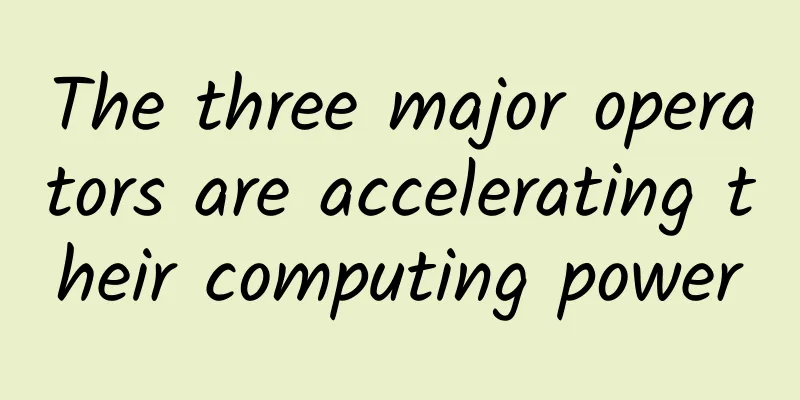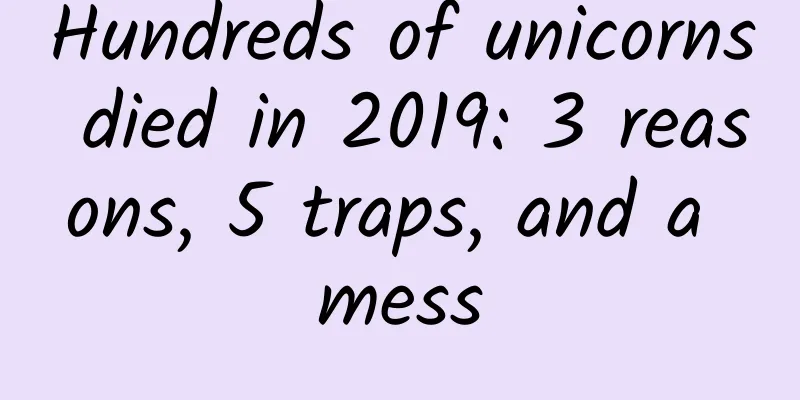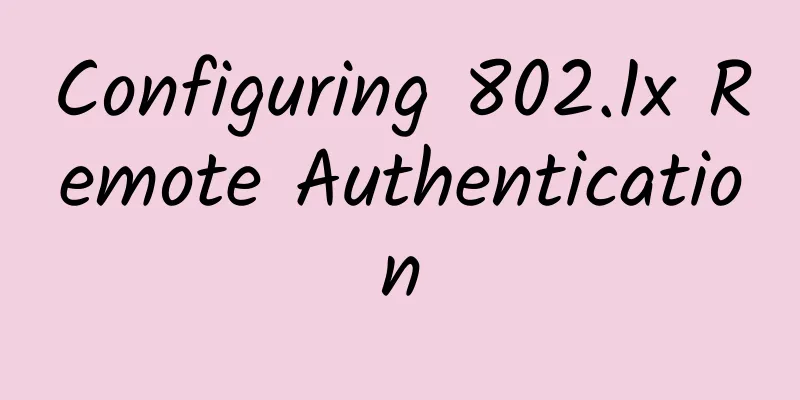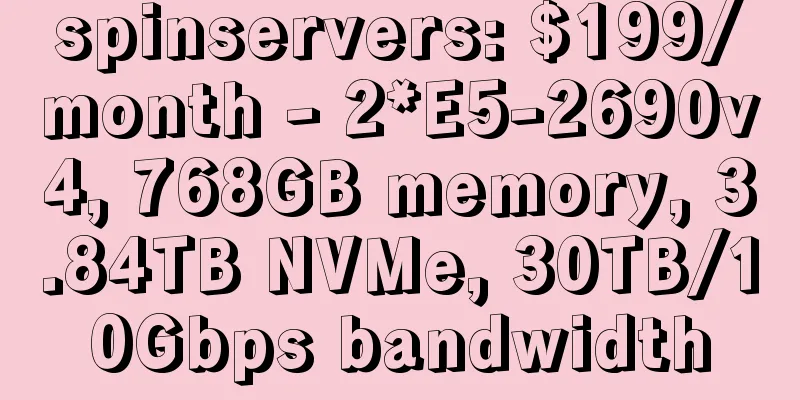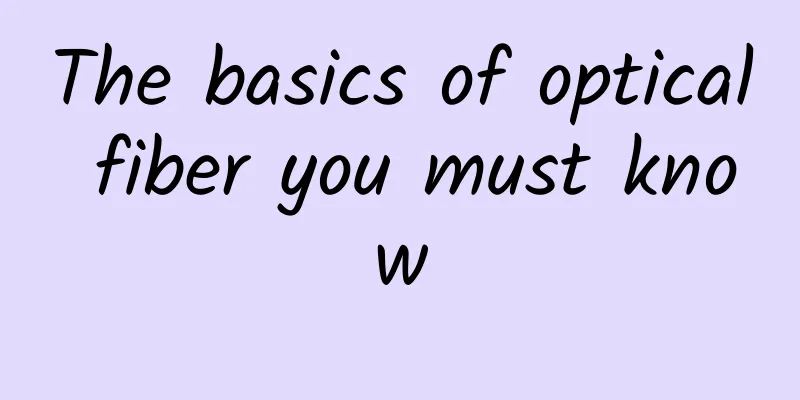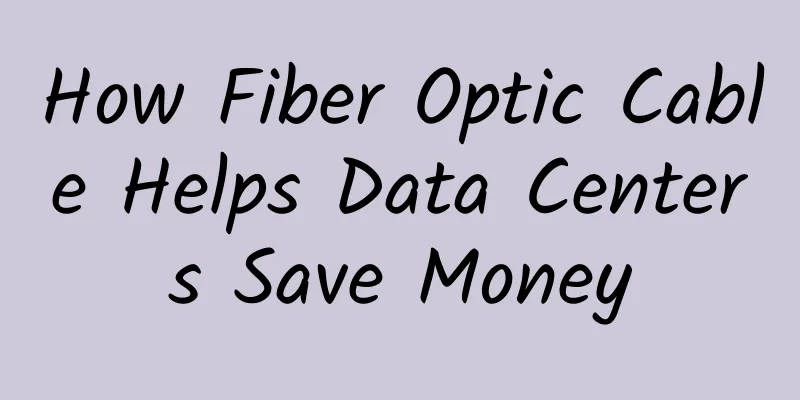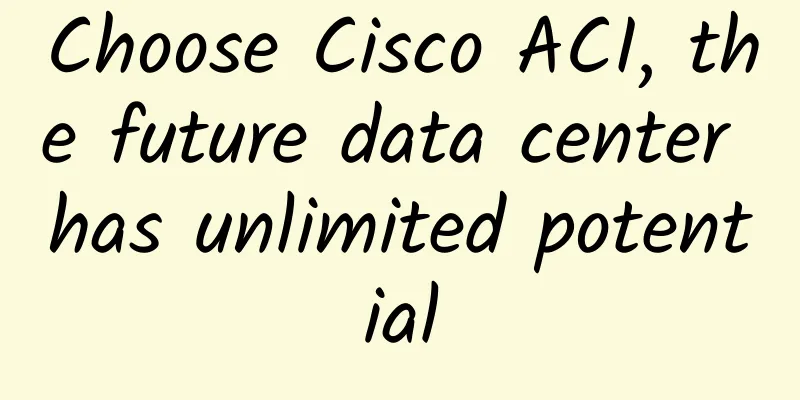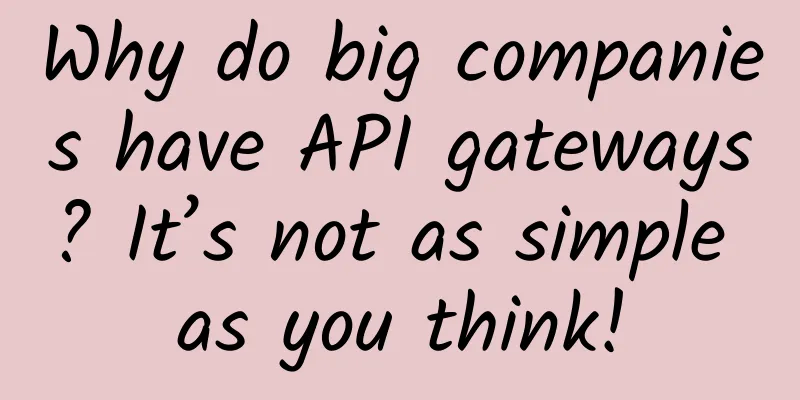The secrets behind the IoT strategy of Internet giants at the end of 2017

|
2017 is coming to an end. There is no doubt that 2017 is a landmark year for the development of the Internet of Things in China, and this year the development of the Internet of Things has entered a new period of explosive growth. This can be verified from multiple dimensions such as policies, capital hotspots, infrastructure construction, subsidies, application implementation, and social attention. What has made the industry restless is that the Internet giants that have always been influential have entered the field of Internet of Things. Baidu, Alibaba, Xiaomi, and JD.com have all unveiled their respective IoT strategies in 2017, laying out the future development of the Internet of Things. In this article, we will explain in detail the deep meaning behind the strategies of Internet giants.
1. Behind the strategy: similarities and differences Different from telecom operators and manufacturing giants, the IoT strategy of Internet giants has its own characteristics and development logic. For example, the IoT strategies of the three major telecom operators, China Telecom, China Mobile and China Unicom, start from the Internet of Everything, focusing on the connection links in the industrial value chain, including connection platform management, and then extend in both directions to the upstream and downstream of the industrial chain. Another example is the IoT strategies of manufacturing giants such as Sany Heavy Industry and Haier Electric. They start from familiar industry segments, leverage industry attributes and professional barriers, focus on vertical applications and enabling platform links, connect industry equipment perception, data processing and application enabling services, and highlight the industry-specific and professional IoT data and intelligent features. The IoT strategy of Internet giants, in terms of characteristics, is to naturally extend the huge advantages of the Internet to the field of Internet of Things. Relying on the inherent advantages of massive customer resources, technological accumulation, advanced cloud services, etc., it transfers communication, sensor underlying technology, complex system software development, cloud platform and ecological capabilities from the consumer end to the Internet of Things applications in homes, public utilities and industries, and transforms from services for people to services for things. 2. Differentiation of Internet Giants in IoT First, we are targeting home, life, light applications and small and micro developer customer groups, starting from smart hardware and terminals, and by fine-tuning the "roots" and "hair" of the Internet of Things, we control the terminal sensing, smart hardware technology and specifications, standards and communities from the tentacles of IoT perception, and then provide vertical application data services, IoT enabling services and derivative services to third parties through data mining, algorithms and AI technologies. This reflects a strong "technical style". The second is to build an IoT ecosystem with the cloud service platform as the center for various types of partners and corporate groups. By making the "trunk" of the IoT thicker and stronger, it will gather IoT sensor services and data downward and enable application partners upward. By controlling the platform entrance, it will connect the "end-pipe-cloud" of the IoT and provide industry customers with one-stop intelligent IoT services. The core is to make the circle of friends as big as possible, and the ecosystem as active and prosperous as possible, which reflects a strong "business style". The first category is what we call IoT logic for smart hardware development. The second category is what we call IoT logic combined with its own cloud-based services. 3. Interpretation of Strategic Logic 1. IoT logic for smart hardware Representative companies of hardware IoT logic: Domestic companies include Zhiyun, Xiaomi IoT, JD IoT, Qihoo 360 IoT, etc.; foreign companies include Ayla Networks, Cumulocity IoT, ThingSpace, Xively IoT, etc. Under the logic of hardware IoT, the technical threshold for IoT hardware development is reduced to the greatest extent possible through fool-proof smart hardware tools and continuously enhanced SDK and API service capabilities, reducing IoT R&D costs and increasing the speed at which IoT developers can put their products into production. Hardware development takes priority, and IoT cloud services play a supporting role. IoT cloud is generally implemented through public cloud, integrating all cloud-pipe-end functions, from terminals, cloud APIs, cloud services, intelligent analysis, to terminal modules, gateways and other hardware, making it convenient for users to connect more terminals in a low-cost, fast and standardized way, and create IoT application instances on a large scale. Hardware IoT logic is the mainstream of current IoT innovation and development. Features of hardware IoT logic:
2. IoT logic combined with its own cloud-based services Representative companies that integrate IoT logic with their own cloud-based services: Alibaba IoT, Tencent IoT, Baidu IoT in China, AWS IoT, Microsoft Azure IoT, IBM Watson IoT, Google Cloud IoT, etc. abroad. Under the IoT logic combined with their own cloud-based services, Internet cloud platform companies open up the underlying cloud service support capabilities and provide cloud-based software APIs, gateways, IoT terminals and other integrated services for third-party IoT customers to develop their own IoT applications and platform systems. Under this logic, Internet cloud platform companies provide IoT cloud services first, supplemented by smart hardware, and generally do not provide IoT hardware solutions. Only when there is strong market demand, some Internet IoT clouds will provide a small amount of IoT hardware + application solutions based on their software service capabilities while also cooperating with hardware manufacturers. The logical characteristics of IoT combined with its own cloud:
There are essential differences between the two types of logic in the understanding of IOT. Smart hardware logic is decentralized, which can distribute IoT sensing and even some computing to the end. It is natural to combine it with edge computing and blockchain, and it will be easy to cope with the explosive growth of IoT in the future. The platform model is still the cloud-centric service mode in the Internet era. As the number of connections and sensor data increases to a massive level, it is still uncertain whether it is necessary to concentrate sensors and data on a few platforms instead of dispersing them to the edges of each sensor. In the short term, it is difficult to see the pros and cons of the two types of logic in terms of market performance. After all, the domestic IoT competition has just started and the IoT strategy has just been unveiled. All of them are relying on their own resource endowments and business advantages to stake out territory in the new field of IoT. In the early stages of the war among the princes, using the strategy that is most beneficial to oneself and most convenient is a good strategy, but it also reflects the drawbacks of inertial thinking and resource dependence. Conclusion If there is any suggestion, industrial investment funds, including China Telecom and China Mobile Industrial Investment Fund, are advised to focus on observing the logic of smart hardware, especially the performance of smart hardware IoT represented by Xiaomi, observe the long-term evolution and phased results of the Internet of Things of Internet giants, grasp the direction in venture capital, and seize the initiative in competitive and cooperative relationships. |
<<: The 10 coolest software-defined networking technologies of 2017
Recommend
Why 2018 will be the year of WAN
Today, software-defined wide area network (SD-WAN...
How is an excellent testing infrastructure created? eBay's Ru Bingsheng talks about the history of testing evolution
[51CTO.com original article] The Global Software ...
If you still don’t recognize the USB interface after reading this article, come and find me!
Is there a data cable? My seat is in the first ro...
Summary information: Hengchuang Technology/Wuyou Cloud/Hengtian Cloud/Ceraus/ServerSuper
At the beginning of 2022, we received New Year pr...
Justhost has launched its 22nd node in Türkiye, with 200Mbps unlimited VPS starting at $1.73 per month
Justhost.ru recently launched its 22nd VPS node: ...
PQHosting Summer Promotion 15% off, 33 data centers 1Gbps unlimited traffic VPS monthly payment from 4.77 euros
PQ HOSTING released an email about summer promoti...
iWebFusion dedicated server 10% off from $44/month, 5 data centers including Aptum/Psychz in Los Angeles are available
iWebFusion (iWFHosting) recently released a 10% d...
Why 5G will not have a big impact on people
In June this year, protesters held signs such as ...
RackNerd Seattle VPS Promotion $12.99/year - Single core, 1G memory, 15G hard disk, 2TB monthly traffic
At the beginning of the month, RackNerd released ...
Interpretation of H3C's future industrial layout in the 5G era
One of the most important exhibitions of the year...
Understand in one article how the intranet and extranet communicate?
For network developers, we often use TCP and UDP ...
10gbiz: 50% off, starting from $3.44/month, Hong Kong CN2 GIA/Los Angeles CN2 GIA/AS9929/large hard disk VPS optional
10gbiz is offering a 50% discount on all VPS host...
How to build the “dual gigabit” expressway in 2021?
[[374332]] At the 2021 National Industrial and In...
5G-driven digital transformation solutions
[[428116]] 【51CTO.com Quick Translation】 Accordin...
Talk about the other side of 5G that you don’t know
At present, domestic policies mainly revolve arou...
